Installing an air conditioning system is a significant step in ensuring your home or business remains comfortable during hot weather. A well-executed AC installation can improve your indoor environment, enhance energy efficiency, and extend the lifespan of your unit. To achieve these benefits, it’s vital to follow the necessary steps for a successful installation.
Understanding the Basics of AC Installation in Chandler, IN
Types of AC Units
When deciding on an AC installation, it’s crucial to know the various types of air conditioning units available. There are several main types, each suited for different needs and spaces:
- Central Air Conditioners: These systems cool the entire home by circulating air through a network of ducts. They are ideal for large homes and offer consistent temperature control.
- Window Units: These are single-unit systems installed in a window. They are suitable for cooling single rooms and are generally more affordable.
- Split Systems: Comprised of both an indoor and outdoor component, split systems are versatile and can be used for specific rooms or zones within a house.
- Portable Units: These units can be moved from one room to another. They are convenient for supplemental cooling but may not be as efficient as other types.
Understanding the differences between these units can help you choose the best one for your specific cooling needs.
Initial Assessment and Planning
Before commencing an AC installation, a thorough initial assessment and planning phase is essential. This involves several steps to ensure the installation is tailored to your home’s specific requirements:
- Evaluate Cooling Needs: Begin by determining the size of the area that needs cooling. This helps in selecting the appropriate size and type of AC unit.
- Check Existing Infrastructure: Assess your home’s electrical system to ensure it can support the new AC unit. Also, evaluate the existing ductwork if you are considering a central air conditioner.
- Plan Unit Placement: Decide the best locations for the indoor and outdoor units. Good placement is crucial for optimal performance and energy efficiency.
- Consult With Professionals: Our professionals can provide valuable insights and recommendations based on their experience and expertise.
Proper assessment and planning set the foundation for a successful and efficient AC installation, ensuring your system meets your cooling needs effectively.
Key Components to Consider
Proper Sizing and Selection
Choosing the correct size for your AC unit is one of the most critical steps in the installation process. An improperly sized unit can lead to inefficiencies and higher energy costs. Here’s how to ensure proper sizing:
- Calculate BTUs: The cooling capacity of an AC unit is measured in British Thermal Units (BTUs). Use a BTU calculator that factors in room size, insulation levels, and the number of occupants.
- Consider Climate: The local climate can affect the required cooling capacity. For hotter areas, you may need a unit with a higher BTU output.
- Professional Assessment: Our professionals can provide an accurate assessment to ensure the selected unit is neither too large nor too small for your needs.
Choosing the right size unit is crucial for maintaining comfortable indoor temperatures while optimizing energy consumption.
Essential Tools and Materials
Effective AC installation requires specific tools and materials. Having these ready helps ensure a smooth and efficient process. Here’s a list of essential items:
Tools:
- Drill and bits
- Screwdrivers
- Pipe cutter
- Vacuum pump
- Electrical testers
Materials:
- Mounting brackets
- Insulated copper tubing
- Electrical wiring
- Refrigerant
- Sealant and caulk
Each tool and material serves a specific purpose in the installation process, from mounting the units to connecting refrigerant lines and ensuring proper insulation. Our technicians come prepared with all the necessary tools and materials to handle the installation efficiently.
Step-by-Step AC Installation Process
Preparing the Site
Before starting the actual installation, it’s important to prepare the site properly. This includes several key steps:
- Clear the Area: Make sure the area where the indoor and outdoor units will be placed is clear of any obstructions. This allows for easy access during installation and ensures efficient operation.
- Check the Structure: Verify that the surfaces where the units will be mounted are strong enough to support the equipment. Reinforce the structure if necessary.
- Plan for Drainage: Ensure there is a proper drainage plan for the condensation that will be generated by the air conditioner. This prevents water damage and maintains system efficiency.
These preparations are vital to ensure the installation process goes smoothly and that the AC unit operates effectively once installed.
Detailed Installation Steps
Once the site is prepared, our professionals can proceed with the detailed installation steps. Here’s a comprehensive guide:
- Mounting the Indoor Unit: Secure the mounting bracket on the wall, ensuring it is level. Attach the indoor unit to the bracket, making sure it is firmly in place.
- Installing the Outdoor Unit: Position the outdoor condenser unit on a stable pad or bracket. Ensure there is adequate clearance around the unit for proper airflow.
- Connecting Refrigerant Lines: Carefully connect the refrigerant lines, ensuring they are insulated to prevent energy loss. These lines will run between the indoor and outdoor units.
- Electrical Wiring: Connect the electrical lines, adhering to safety protocols. Ensure a reliable power supply to prevent future operational issues.
- Sealing and Insulating: Seal any gaps around the refrigerant lines and insulate the connections to prevent leaks and maintain energy efficiency.
Following these detailed steps ensures that the AC installation is both effective and efficient.
Post-Installation Practices and Maintenance Tips
Testing and Calibration
After completing the installation, testing and calibrating the system are essential steps. Our professionals will perform the following:
- System Testing: Turn on the system and check for proper operation. This includes verifying that the unit cools the space efficiently and that there are no unusual noises or vibrations.
- Leak Detection: Use appropriate tools to check for any refrigerant leaks. Fix any leaks immediately to maintain system efficiency.
- Calibrating the Thermostat: Ensure the thermostat is accurately calibrated, allowing it to maintain the desired temperature effectively.
These steps confirm that the AC unit is functioning correctly and ready to provide optimal cooling performance.
Routine Maintenance and Troubleshooting
Regular maintenance is crucial for keeping your AC system in top condition. Here are key routine maintenance tasks:
- Filter Replacement: Replace or clean filters every few months to ensure proper airflow and system efficiency.
- Cleaning Coils: Clean the evaporator and condenser coils regularly to remove dirt and debris. This helps maintain efficient heat exchange.
- Check Refrigerant Levels: Ensure refrigerant levels are within the recommended range. Low refrigerant can reduce cooling efficiency and damage the compressor.
- Inspect Electrical Components: Regularly inspect and tighten electrical connections. Loose connections can cause operational issues and pose a safety risk.
For troubleshooting, common issues such as strange noises, inadequate cooling, or unexpected shutdowns should be addressed by our professionals to prevent further problems.
Conclusion
A successful AC installation involves careful planning, the right components, and detailed execution. Following these steps ensures that your new air conditioning system operates efficiently and effectively, providing the comfort you need. Proper sizing, site preparation, and detailed installation steps are critical. Post-installation practices like testing, calibration, and routine maintenance help extend the lifespan of your system and ensure that it continues to function at its best.
If you are considering an AC installation in Chandler, IN, or need assistance with your current system, contact Perfect Climate Heating, Air & Plumbing. Our team of professionals is ready to help you achieve optimal comfort in your home or business. Schedule your consultation today and experience the benefits of a professionally installed AC system.



